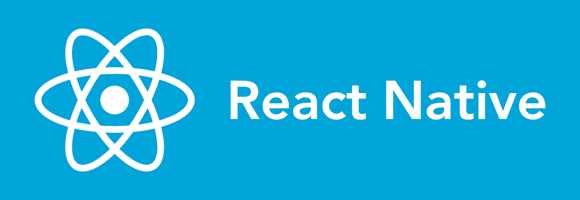Introduction to React Native
What is React Native? When is it used? And why has it become so popular in the design and development of mobile apps? These are the questions that we’ll answer in this article.
Introduction to React Native
React Native is a JavaScript framework for developing mobile apps that can run locally on both Android and iOS.
It is based on ReactJS, which was developed in Facebook, and is a component-based framework also used to develop web user interfaces.
Both ReactJS and React Native are two of the most popular repositories on GitHub.
If you are familiar with ReactJS you can easily switch to React Native where the same libraries can be used across both platforms.
React Native was launched in 2015 and quickly swept the world of mobile device development.
Having a mobile app is extremely important to many companies in the digital world we live in. Deciding which platform to use to develop your app can be difficult.
You might have heard of React Native, Flutter, lonic, or Cordova. First we need to distinguish between two terms “Hybrid” and “Cross-platform” . One thing to note that both are used to build an iOS and Android app from a single code base.
Hybrid App Development
Developers write the code using (HTML, CSS, and JavaScript) and this code converts into a native app using plugins like Apache Cordova or Ionic’s Capacitor. The plugin system allows developers to access the native features of platforms.
Because of the multiple layers of mediation, it does not perform well especially when the application gets too big.
Cross-platform App Development
Developers write the code using a single codebase like (JavaScript, Dart, C and C#) through a bridge engine the code is converted to a native code like Swift and Java so the developers are able to continue development natively. In other words, it offers more robust and close to native user experience and a way better option than Hybrid.
Also read: What is JAMstack?
Why is React Native Important?
With React Native Framework, it proved effective performance while rendering user interface for both iOS and Android OS.
It is an open source framework, which could be compatible with other platforms like Windows, Mac, or tvOS and has many new features that will develop in the near future.
React Native is a great choice for developers with experience in JavaScript as there is no need to learn Java for Android or Swift for iOS.
Other benefits of using React Native Framework include relatively simple, fast development process, because of the ability to reuse components and ease of maintenance to build Android and iOS apps.
React Native framework has gained popularity in recent years. It helps meet the needs of business owners for building their apps and platforms faster in a single process.
Hence, giants like Facebook, Instagram, Skype, Airbnb, Tesla, Walmart, Baidu Mobile, Bloomberg, Uber and many more have turned their eyes towards it.
Moreover, using React Native Framework fills the gap between focusing on a broad market and making profit.
As the number of iOS users is less compared to Android users yet you make more profit.
So there are many industries running into the dilemma of whether to focus on making more profits through building iOS apps or building user power through Android apps only.
React Native applications are compiled into native written code, enabling them not only to run on both operating systems but also to work the same way on both systems without any delay whatsoever.
Besides, it is a time saving process thus many industries and even individuals today prefer to use React Native with NodeJS to create amazing mobile applications. It gets better with time
Some of the concerns of React Native
Although React Native has been a breakthrough in mobile app development, it has some drawbacks.
The original framework for interaction is not present in any issue yet but it has some gaps that have yet to be addressed.
Some of the modules dedicated in this framework are not yet available, which may lead you to spend your time building and creating your own modules.
It still has a technological advantage
Although the pre-packaged items in React Native bring in a lot of technical progress, you will still need a professional developer to monitor for some technical errors and bugs.
Recently, Airbnb and Udacity shared their experience of using React Native and gave a judgment that this platform has a lot of benefits but still cannot be used successfully to build any kind of massive mobile application.
React Native framework is growing very fast and new updates are released every week. Every new update contains a lot of changes, so developers need to update their apps regularly.
Continuing to work for more than a few months without updating an app may cause a bad result.
There are some instances where React Native ingredients work worse than the original ones.
For example, with long lists.
Users see these types of lists everywhere:
Tweets on Twitter
Photos on Instagram
The posts on Facebook are all app lists.
When these lists get really huge and complex, it's even more difficult to implement with React Native.
React Native has FlatList library to work with long lists, but it can't be compared with flexibility and maturity of native platforms like UICollectionView (on iOS) and RecyclerView (on Android).
So using the original platforms in such cases is considered more productive.
React Native is not a good choice for developing an app that requires many interactions, animations, screen transitions, or complex gestures.
However, there is a React Native gesture-responsive system that manages the life cycle of all gestures in the app, when it comes to screens with complex gestures, developers may face some difficulties since the touch subsystems of Android and iOS are very different from using a UI. .
Written by Ammar Jabakji Tech lead, spending most of my time learning new technologies and building websites. Visit my website.
